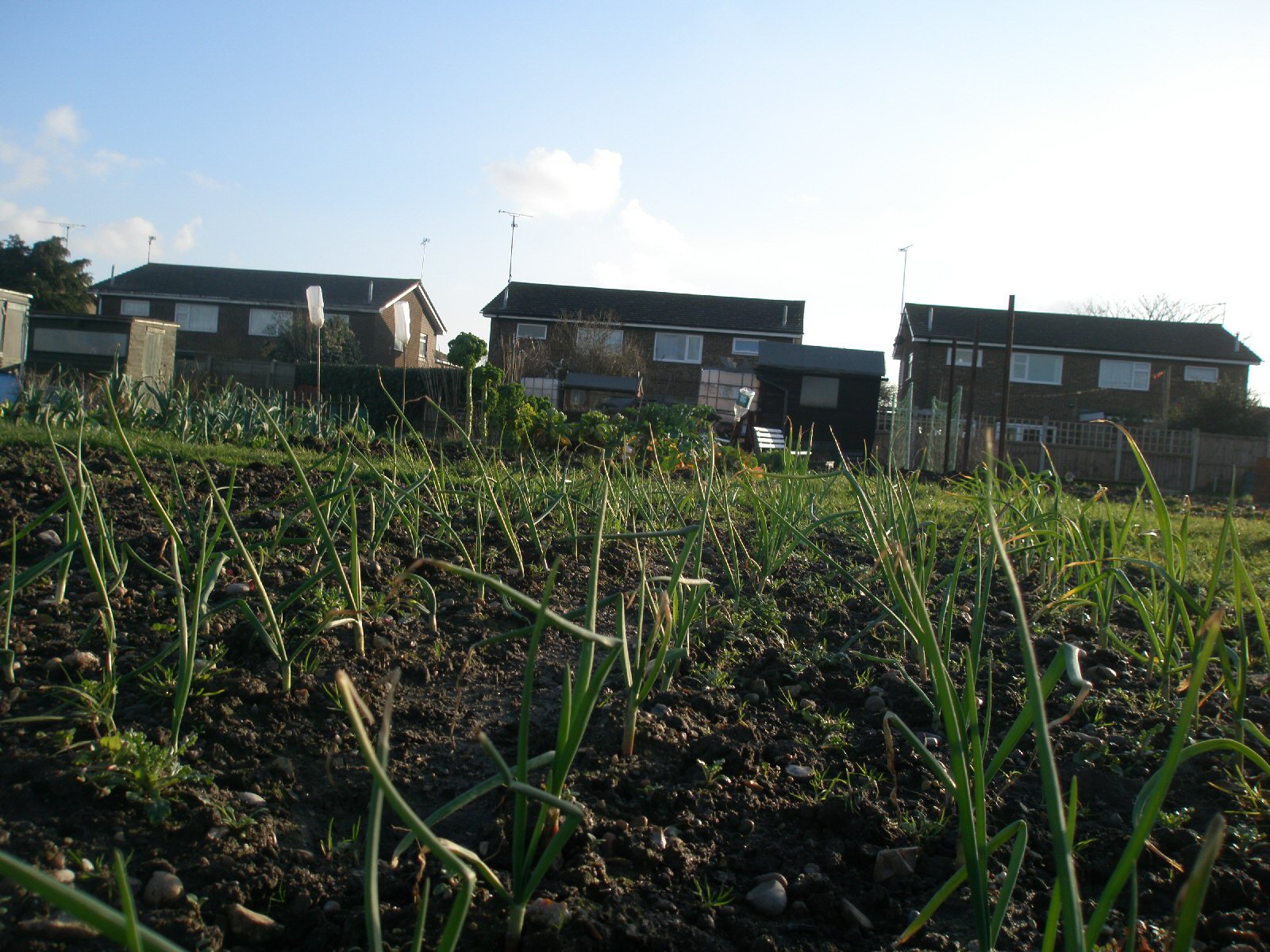Last Updated on April 10, 2024 by Real Men Sow
I picked up my overwintering onion sets from the allotment shop at the weekend, ready to go in the ground over the next few days. I like overwintering onions, as it is nice to see something growing on the plot during the winter. I chose radar, which is a good variety for overwintering and can be planted between September and December. If you’ve never grown onions before and fancy giving them a go, here are 8 planting tips for growing onions over the winter on your allotment:
What are the Steps in Overwintering Onions?
Keep the Onions well Weeded
An onion only has delicate foliage, so struggles to compete with surrounding weeds. This isn’t too much of a problem mid-winter, as most weeds are dormant, but if you plant now the weeds will grow around the bulb. Don’t let them take over!
Overwintering Onions from Sets
Growing a good onion all the way from seed is a very satisfying feeling, but for an easier, faff-free experience, try onion sets instead. Onion sets are baby onions that have already been growing for several weeks – all you have to do is poke them into the ground the right way up (that’s a pointy bit upwards by the way!).
Keep the Plants Away from Birds
That said, when planting your onions, make sure you bury them so their tips are only just showing above the ground. Birds very much enjoy swooping down and nicking a freshly planted onion bulb. If I have more onions than I need, I often sow them all and thin out once established, just in case I get some nicked by the local bird population.
Plant the Onions Wide Apart
The size of the onion is dependent on the proximity of the next one. For little baby onions, keep them close together, but for bigger crops, plant 10 centimeters apart. I use my hand to try and picture how big I want my onions to grow and then plant accordingly.
Do you have enough space for Overwintering Onions?
Overwintering onions can take ages to be ready for harvest, and it is not uncommon for some varieties to take well over 40 weeks to reach maturity.
If you’re short on space, think ahead before you plump for a row of onions – 40 weeks from now will take you well into next summer. With a bag of onions available at shops for little more than a pound, will you want the space in Spring for something more valuable?
Choose an appropriate planting place
If possible, plant on an open, sunny site where the soil drains well. Like other alliums, high humidity around the foliage can cause diseases such as rust.
Help the little Onion roots!
Onions only have small roots, so it is important to provide enough organic matter to help them develop and improve the soil. Dig in some well-rotted manure or garden compost before planting.



I am growing overwintering onions for the first time this year but in troughs not in the ground – the advice is to grow them in a John Innes based compost – I will be interested to see how successful they are.
Although they are cheap to buy in the shops I’m thinking of growing more next year because of the fresh taste. You can pull the close planted ones as continental onions a bit earlier complete with the tasty green stem.
Some folks seem to almost balance the sets on the soil and lose a lot to birds,whereas I cover them right up to the point which seems to protect them more.
Should I feed them later on to bulk up?
Darn, have had no luck with onions in the actualy garden thanks to slugs. I do use the whites of my green onions as starts and plant in a bin close to the back door, easy access for salads and casserole toppers! My daughter used just the bottoms of her little green onions after eating the top part, starting in a glass of water in the window, then planted in the garden and hers got just huge this year.